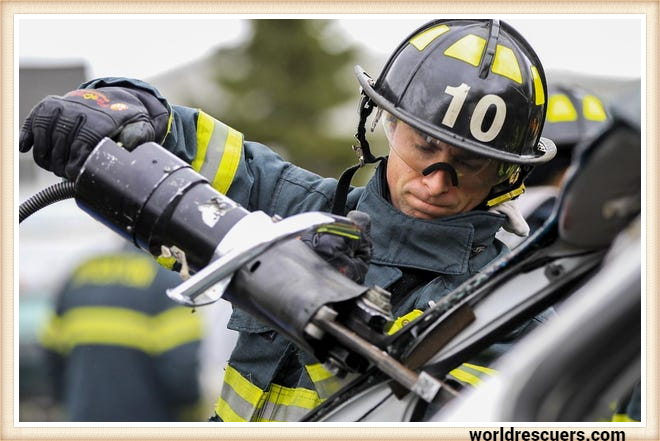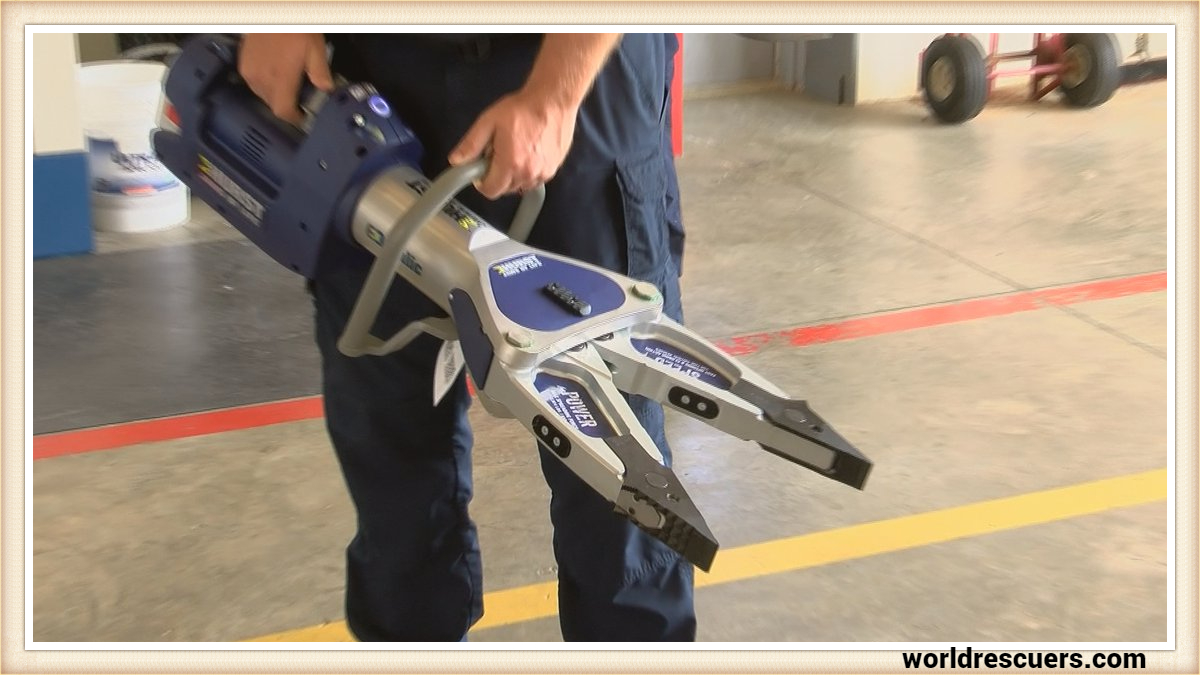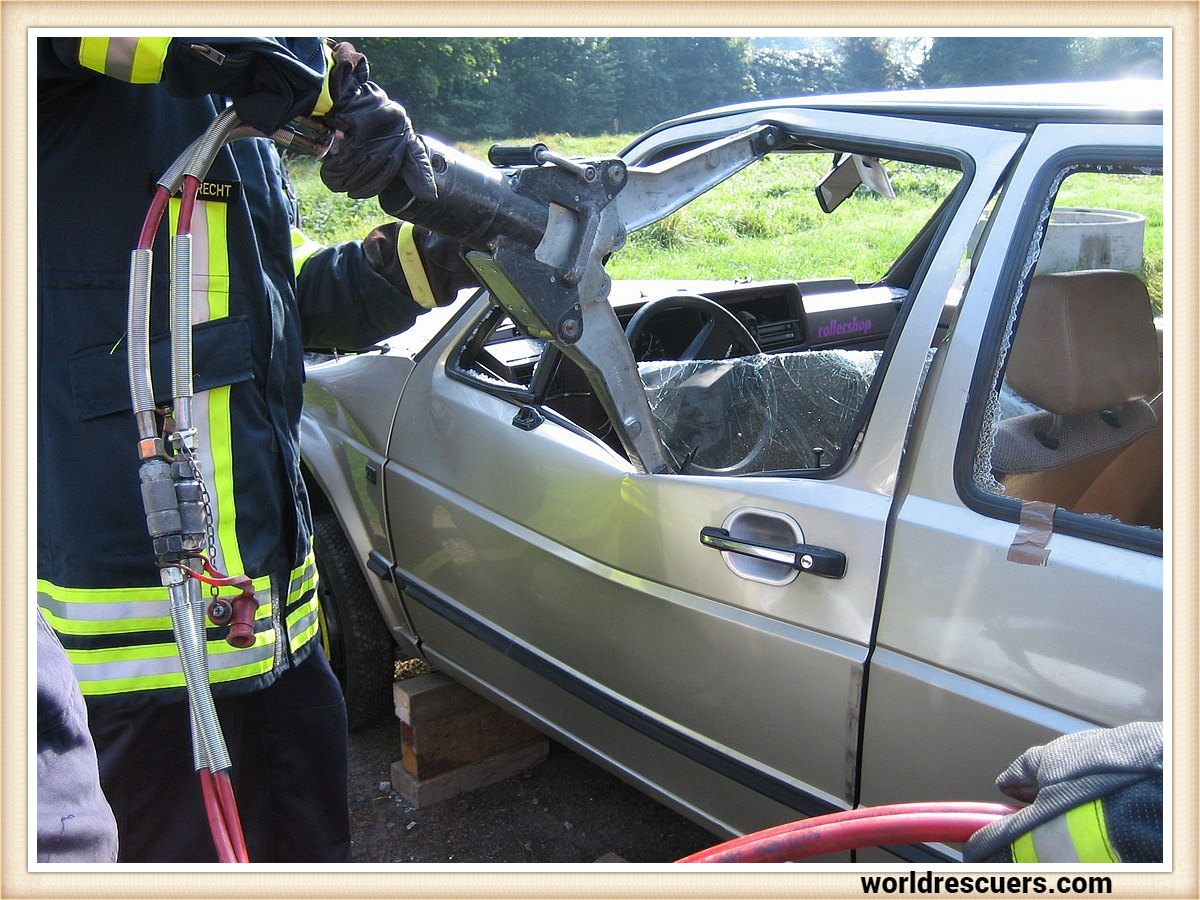
Conclusion
The evolution of Jaws of Life, from its inception to the present day, is a testament to human ingenuity and the unwavering commitment to saving lives. These tools have become indispensable in the arsenal of firefighters, first responders, and rescue teams worldwide. As technology continues to advance, we can only anticipate further refinements and innovations in the realm of Jaws of Life, ensuring a safer and more efficient future for rescue operations.
In the realm of life-saving equipment, the evolution of extrication tools has been nothing short of remarkable. From humble beginnings to cutting-edge innovations, these tools have transformed the way we rescue individuals from life-threatening situations. In this comprehensive guide, we delve deep into the world of Jaws of Life, tracing their journey from inception to the modern-day marvels they’ve become.
Historical Roots
The Birth of Extrication Tools
Jaws of Life, commonly known as the “Jaws of Life,” owe their origin to the necessity of saving lives in critical situations. The concept of using hydraulic machinery for vehicle extractions emerged in the mid-20th century. The inaugural design aimed at providing firefighters and first responders with a powerful, versatile tool to tackle entrapment scenarios effectively.
Early Challenges
The early versions of Jaws of Life faced numerous challenges, including size, weight, and operational complexities. However, their potential for lifesaving was evident, spurring further research and development.

Technological Advancements
Hydraulic Power
One of the most significant breakthroughs in Jaws of Life was the adoption of hydraulic power systems. This innovation allowed for greater precision, control, and force, making it possible to cut through various materials, including reinforced steel.
Ergonomic Designs
As technology advanced, Jaws of Life became more ergonomic and user-friendly. Lightweight materials and improved handling mechanisms made them easier to maneuver in high-stress situations, reducing the risk of operator fatigue.
Enhanced Safety Features
Modern Jaws of Life comes equipped with advanced safety features, such as pressure relief valves and automatic shutoff systems. These additions ensure that the tools are not only powerful but also safe for both victims and rescuers.

Types of Jaws of Life tools
- Spreaders: These tools are designed to spread apart or push objects, such as vehicle doors or metal beams, to create space for rescuing trapped individuals.
- Cutters: Cutters are used to shear through materials like metal, including car frames and barriers, to access and free trapped victims.
- Combination Tools: Also known as “combi-tools,” these are versatile devices that combine spreading and cutting functions in one tool, providing flexibility and efficiency during rescue operations.
Versatile Applications
Vehicle Extrication
The primary application of Jaws of Life remains the rapid and safe removal of trapped occupants from vehicles involved in accidents. These tools have saved countless lives by efficiently cutting through mangled metal and shattered glass.
Building Collapses
Jaws of Life has also found use in urban search and rescue operations during building collapses. Their ability to cut through concrete and steel has proved invaluable in extracting survivors from the rubble.
Industrial Accidents
In industrial settings, Jaws of Life are indispensable for freeing workers trapped in machinery or confined spaces. Their precision and power are essential for successful rescue operations.
Ongoing Innovations
Advanced Materials
The quest for continuous improvement has led to the development of Jaws of Life using cutting-edge materials like carbon fiber and titanium. These materials offer a perfect balance between strength and weight, enhancing the tool’s efficiency.
Integration with IoT
The future of Jaws of Life is marked by its integration with the Internet of Things (IoT). Sensors and real-time data analytics will provide rescuers with crucial information, such as victim status and tool performance, ensuring quicker and more informed decision-making.
FAQ’s
Why is it called Jaws of Life?
It is called “Jaws of Life” due to its powerful, life-saving capability to pry open crushed vehicles like the jaws of a living creature.
Are Jaws of Life still used?
Yes, Jaws of Life is still widely used by emergency responders and rescue teams worldwide.
What are the three types of Jaws of Life?
The three main types of Jaws of Life are spreaders, cutters, and combination tools.
What does Jaws of Life stand for?
Jaws of Life is not an acronym; it is a brand name that has become synonymous with hydraulic rescue tools used for vehicle extrication.
Highly trained Assistant Fire Chief dedicated to public safety and awareness for the past 16 years. Effective leader who remains steady during times of emergency, while directing and motivating team members throughout crises.

